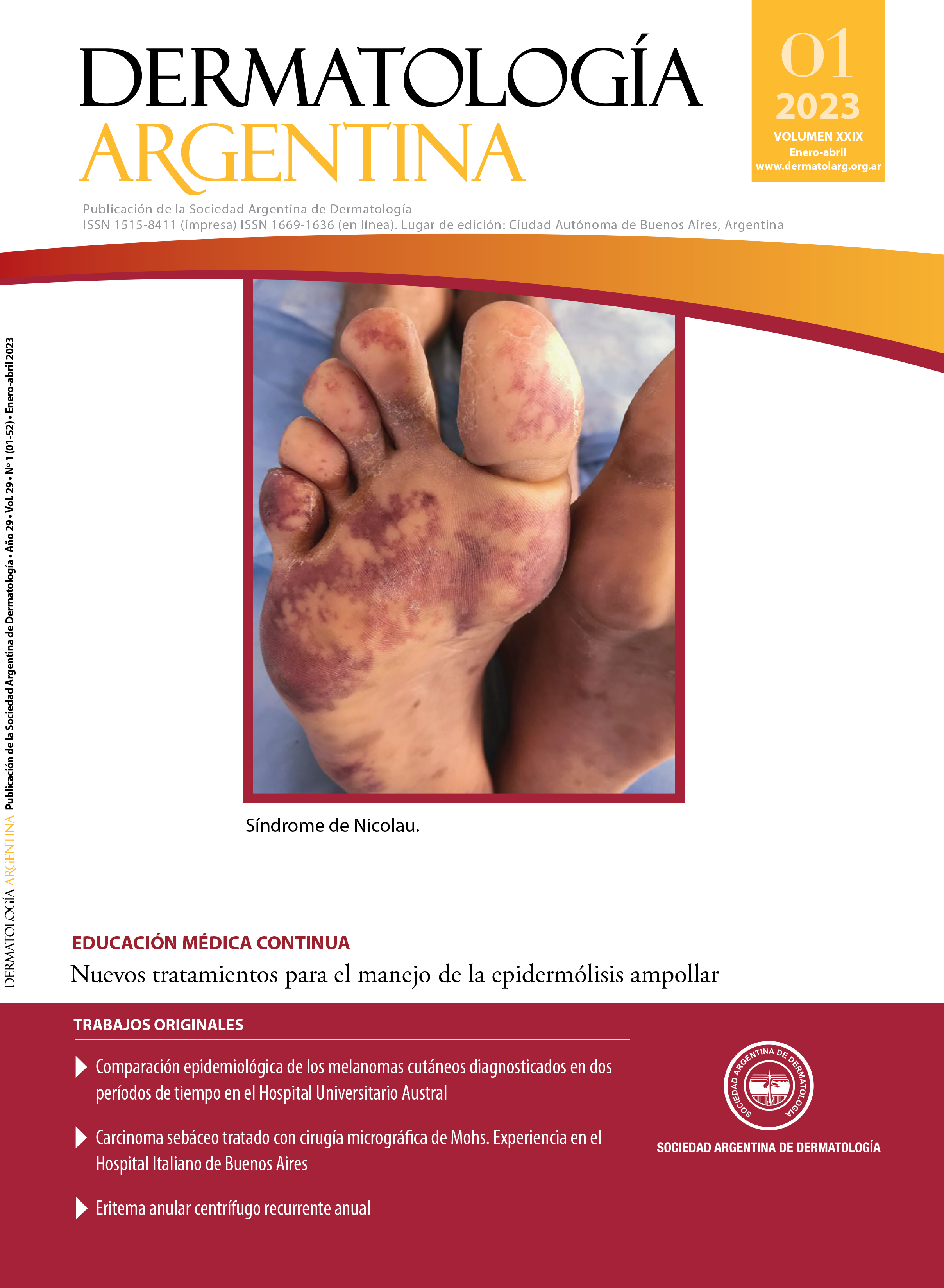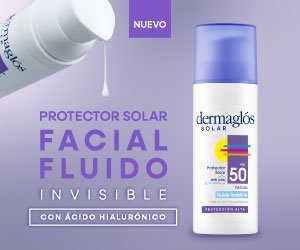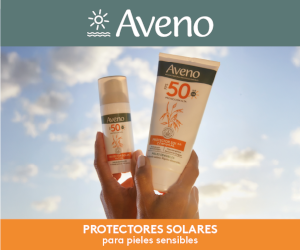Myths and truths. High grade vulvar intraepithelial injury
DOI:
https://doi.org/10.47196/da.v29i1.2427Keywords:
vulvar lesionAbstract
1. The etiologic agent of high-grade vulvar intraepithelial lesion (HSIL) is high-risk human papillomavirus (HPV). Persistent infection confers a risk of progression to invasive vulvar cancer.
2. HSIL lesions are characterized by their pink color and are always symptomatic (itching or pain).
3. Topical imiquimod is the first-line treatment in immunocompetent women with unifocal lesions.
References
I. Lebreton M, Carton I, Brousse S, Lavoué V, et ál. Vulvar intraepithelial neoplasia: Classification, epidemiology, diagnosis, and management. J Gynecol Obstet Hum Reprod. 2020; 49:101801.
II. Andía D, Bosch JM, Cararach M, Coronado P, et ál. AEPCC‐Guía: Neoplasia vulvar intraepitelial (VIN). Asociación Española de Patología Cervical y Colposcopia 2015:1-39.
III. Voss FO, van Beurden M, Jordanova ES. Topical imiquimod as fist-line treatment for vulvar intraepithelial neoplasia. Lancet. 2022;399:1755-1757.
Downloads
Published
Issue
Section
License
Copyright (c) 2023 on behalf of the authors. Reproduction rights: Argentine Society of Dermatology

This work is licensed under a Creative Commons Attribution-NonCommercial-NoDerivatives 4.0 International License.
El/los autor/es tranfieren todos los derechos de autor del manuscrito arriba mencionado a Dermatología Argentina en el caso de que el trabajo sea publicado. El/los autor/es declaran que el artículo es original, que no infringe ningún derecho de propiedad intelectual u otros derechos de terceros, que no se encuentra bajo consideración de otra revista y que no ha sido previamente publicado.
Le solicitamos haga click aquí para imprimir, firmar y enviar por correo postal la transferencia de los derechos de autor













